Tsuitachi-mochi in Mie: Lucky charms made just once a year
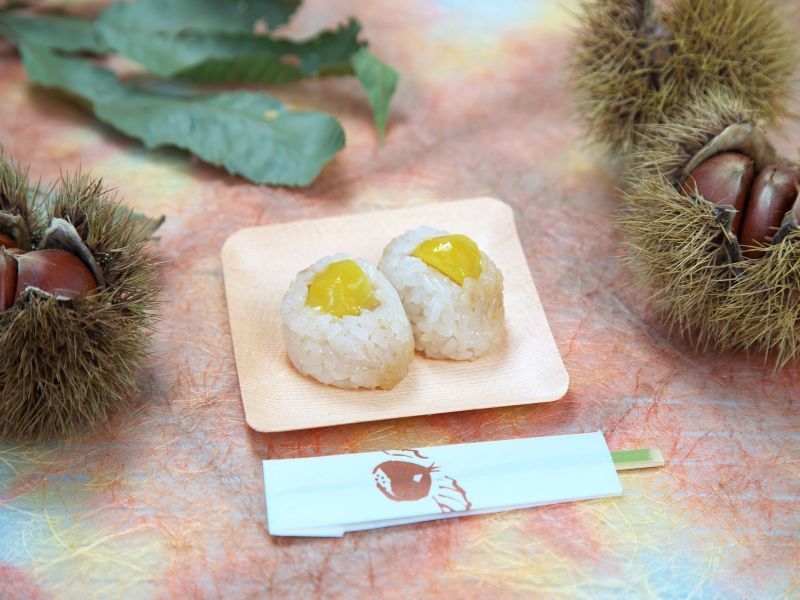
On the first day of each month, before the dawn's first light, the area around Akafuku Honten (main store) is very crowded with people. What are they all waiting for? The famous Tsuitachi-mochi, of course!
Written by Ren Wong
Akafuku-mochi is a bite size mochi (rice cake) topped with sweet red bean paste. This famous delicacy is produced by the centuries-old tea house Akafuku located in the Okage Yokocho, which has stood on the banks of the Isuzu-gawa River near Ise Jingu Shrine since 1707. The tea house name comes from the Japanese saying “Sekishin Keifuku” meaning “wishing for people’s happiness,” expressing the feeling of all pilgrims who visit Ise Jingu Shrine. In the Edo era (1603-1867), many Japanese people made the pilgrimage to Ise every year, making the area a bustling social and cultural hub.
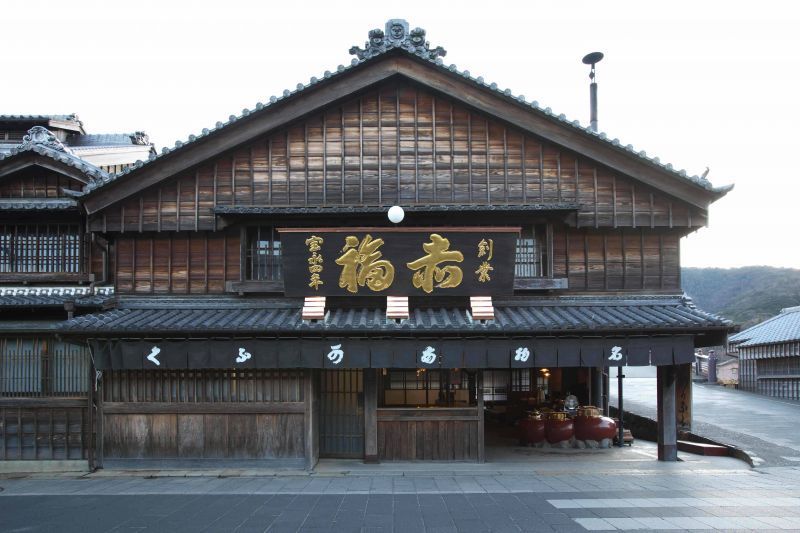
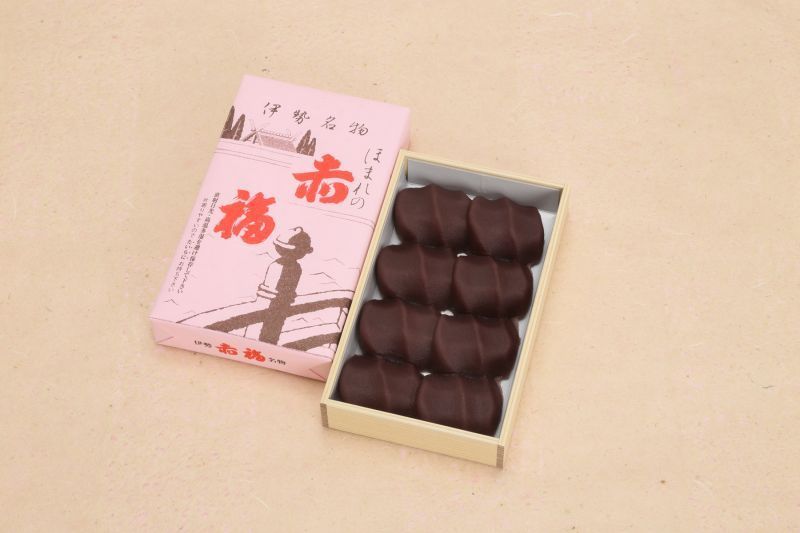
The first day of the month is called “tsuitachi” in Japanese, when people in Ise customarily rise early for a visit to the shrine, to offer thanks for the month past and to pray for good fortune in the future. This custom is referred to as “Tsuitachi Mairi,” meaning a pilgrimage on the first day of the month. To welcome these pilgrims of Tsuitachi Mairi, Akafuku started producing a special seasonal rice cake available only on the first of every month except January. Since the recipe changes monthly to reflect the season, each of the 11 Tsuitachi-mochi can only be enjoyed once a year.
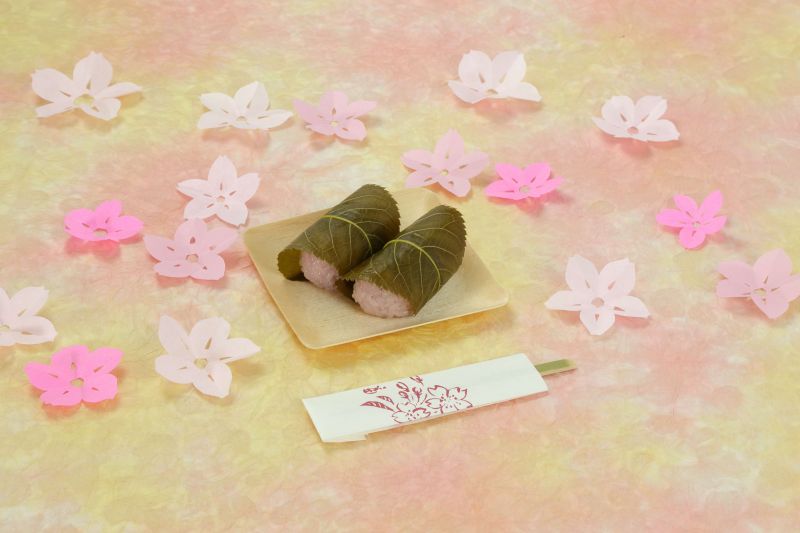
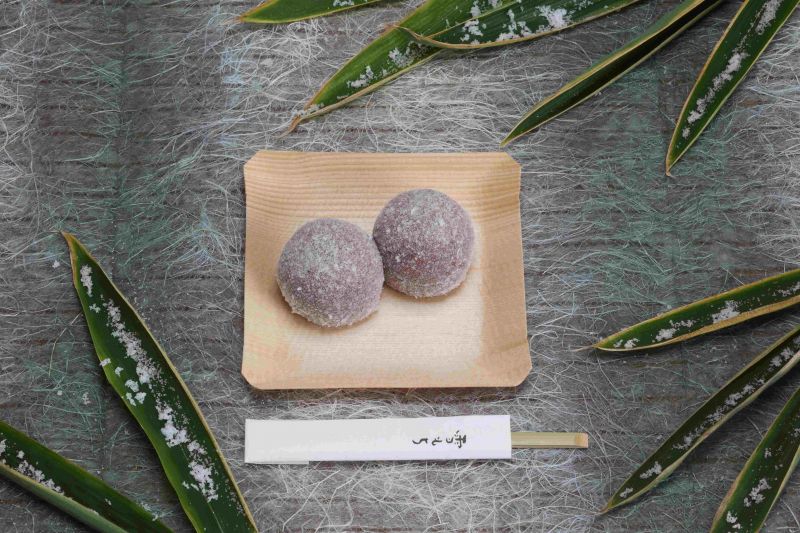
Cherry blossoms of April are celebrated in the springtime with “Sakura-mochi,” made of pale pink mochi-gome (sticky rice) stuffed with red bean paste, and wrapped in cherry tree leaves. The “Yuki-mochi” of December is dusted with white rice cake powder reminiscent of the seasonal snowfall. However, among the 11 varieties, the two most popular are “Hassaku Awa-mochi” (millet rice cake) of August, and Chestnut-mochi of October, “Kurimochi.”
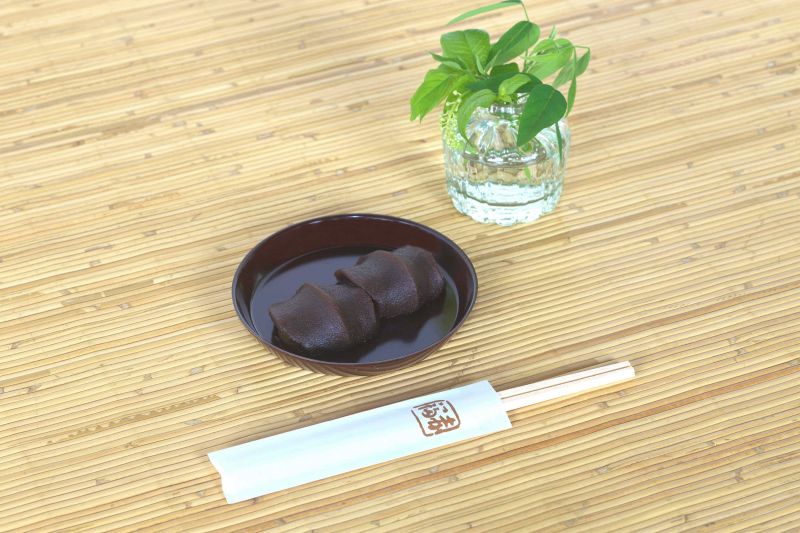
Since ancient times, the first ears of rice and millet were offered to the gods to show gratitude for a bountiful harvest. Said to be the origin of the Japanese summer gift-giving custom known as “O-chugen,” in ancient times people began giving the gift of new grains. In reference to this history, Akafuku has created an August mochi made with millet topped with brown sugar flavored paste.
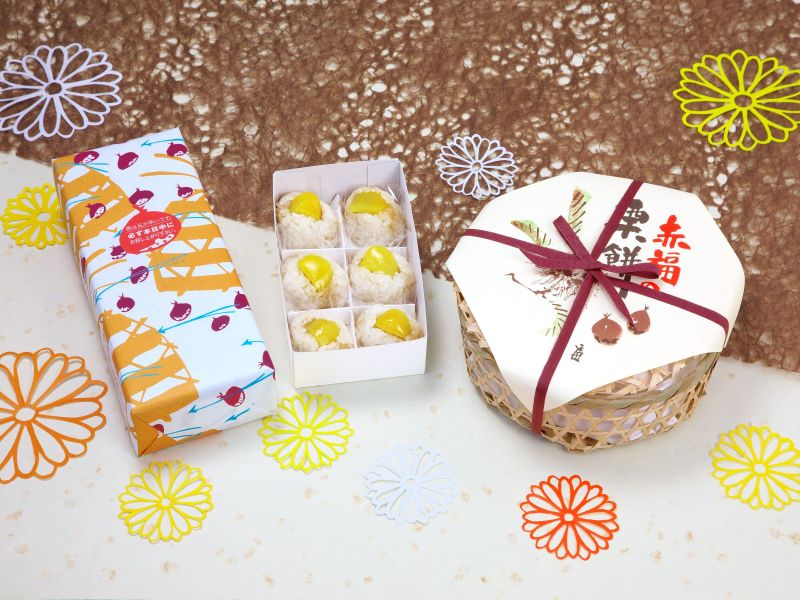
In October, the most important of Japan's five seasonal festivals is held, called “Choyo no Sekku.” In this merry celebration, people gather together, drink sake decorated with chrysanthemum petals, and eat chestnut flavored delicacies. Continuing this tradition, the October Tsuitachi-mochi is made with chestnut flavored paste wrapped in mochi-gome and topped with a sweetened chestnut.
How to buy Tsuitachi-mochi (take-away)
To avoid crowds and practice social distancing, a system of numbered tickets has been started.
1. Obtain a numbered reservation ticket from the main store, available from 5 p.m. the day before purchase. Please note that the numbered reservation ticket is not an exchange ticket for purchasing Tsuitachi-mochi, but a ticket to arrange the time of purchase.2. On the day of purchase, come to the main store at the time indicated on the ticket and wait in line as guided by staff.
Please be aware that this process may change temporarily due to the pandemic situation. Please check the company website for the latest guidance. Akafuku has also launched a new way to check the crowdedness of the store online to ensure a comfortable visit.
https://www.akafuku.co.jp/buy/
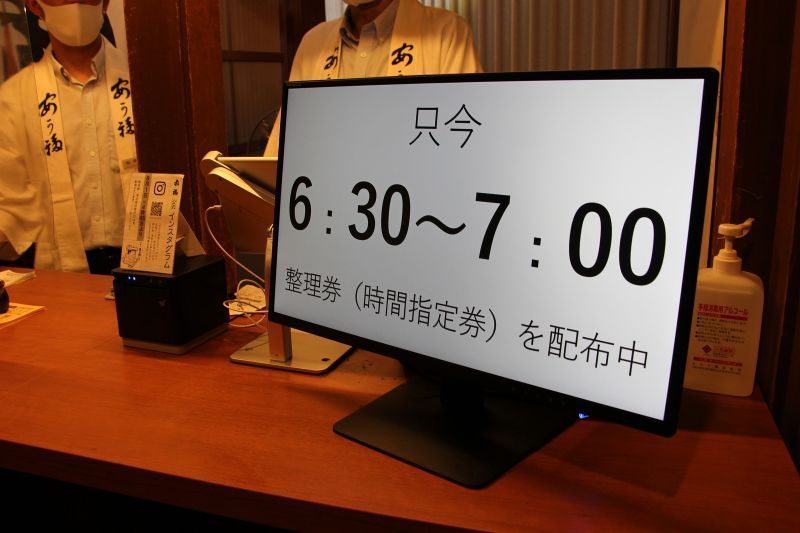
Through the rest of the month, visitors to the area can enjoy the classic Akafuku-mochi, with its distinctive three ridges symbolizing the current of the Isuzu-gawa River. The treats from this tea house are free of preservatives or artificial coloring, made with mochi-gome (sticky rice) from exclusive farms in Japan, and accompanied by sweet paste made with red adzuki beans grown in Hokkaido.
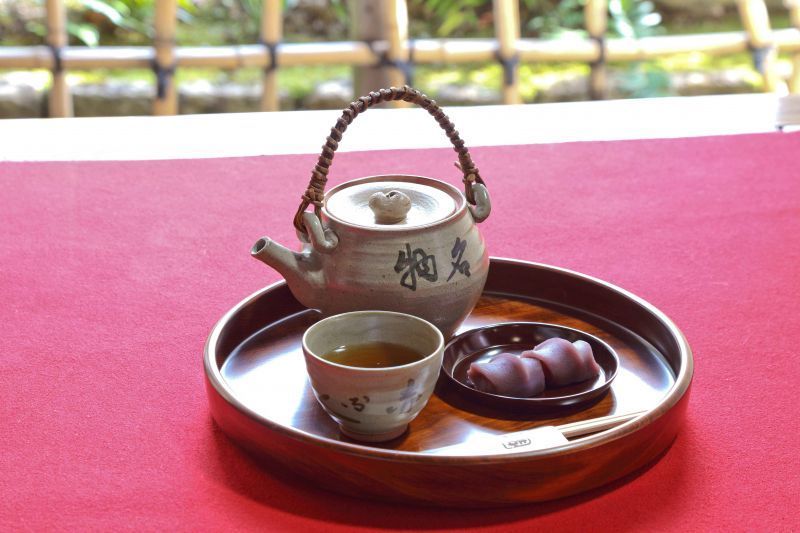
Ise is known as “the home of the Japanese soul,” and through the years Akafuku-mochi has earned its place as a soul food of Mie.